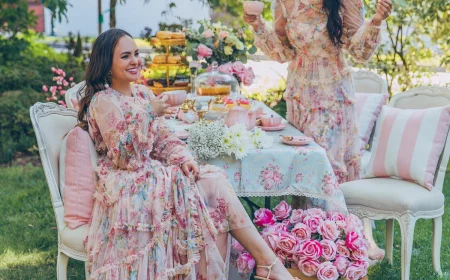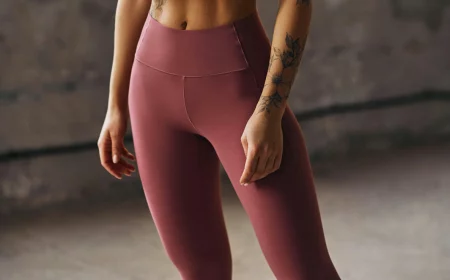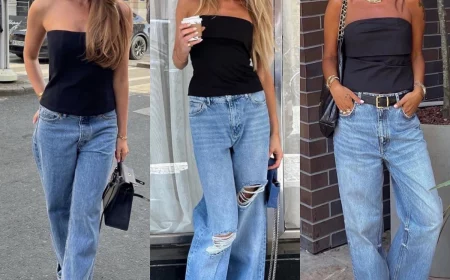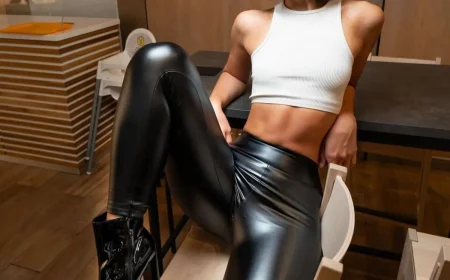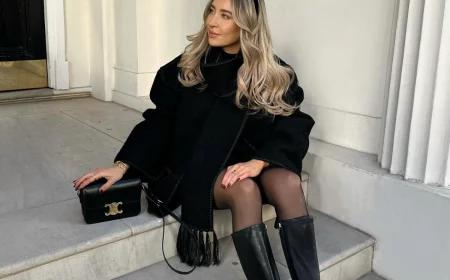The Real Deal on Shapewear: How to Feel Amazing in Any Dress
Let me tell you, I’ve spent years in fitting rooms, surrounded by gorgeous dresses and the women hoping to look incredible in them. And I’ve seen that little sigh of relief hundreds of times. It’s the moment a woman, who was feeling hesitant about a soft curve here or a slight line there, finally sees how a dress is supposed to look.
In this article
My job has never been about changing bodies. It’s about finding the right foundation to let the dress shine. Seriously, shapewear isn’t about hiding yourself—it’s about creating a perfectly smooth canvas for the art you’re wearing. It’s the secret weapon that lets you stand a little taller and worry a little less.
Everything I’m sharing here comes from hands-on experience in high-end boutiques and personal styling studios. This is the practical, no-fluff advice I give to my own clients.
First, What Are You Actually Buying? (It’s Not Magic, It’s Fabric)
Before you even think about styles, you need to know what makes shapewear work. It’s all about textile engineering, a blend of smart materials and construction.
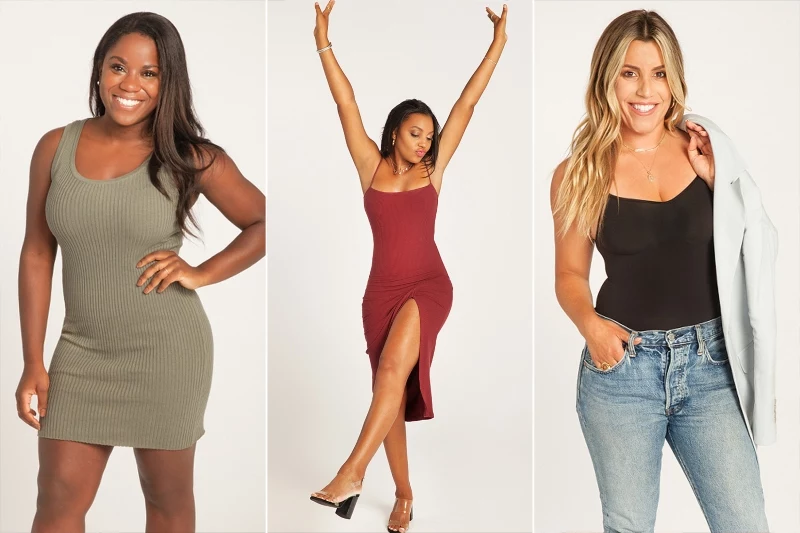
Almost every piece you’ll find is made from a mix of nylon and elastane (you might know elastane by brand names like Lycra or Spandex). The nylon gives it that silky, smooth surface that lets your clothes glide right over without clinging. The elastane is the powerhouse; it provides the compression and, just as important, the recovery. Recovery is just a fancy way of saying it can stretch and snap back without getting all baggy. The more elastane (think 20-40%), the firmer the control.
But the fabric is only half the story. The way it’s put together is what separates the good stuff from the cheap knock-offs. The pros look for a few key things:
- Seamless Construction: High-quality pieces are often made on circular knitting machines, which creates a seamless tube of fabric. No side seams means nothing to dig into your skin or show through your clothes. It’s what gives them that “second skin” feel.
- Zoned Compression Panels: The best garments aren’t just one tight tube. They have different levels of compression in different spots. You might find a double-layered panel over your tummy for extra support, while the rear might have a thinner, single-layer fabric with some ruching. This is key! It lifts and shapes your backside instead of giving you that dreaded “pancake butt” that cheaper, uniform-compression pieces can cause.
- Smart Edges and Hems: Heads up! This is the number one issue I see. A thick, stitched hem on the thigh is a recipe for a visible line under your dress. We call it “thigh-break.” Instead, look for bonded or laser-cut edges. These lie totally flat against your skin and are basically invisible.
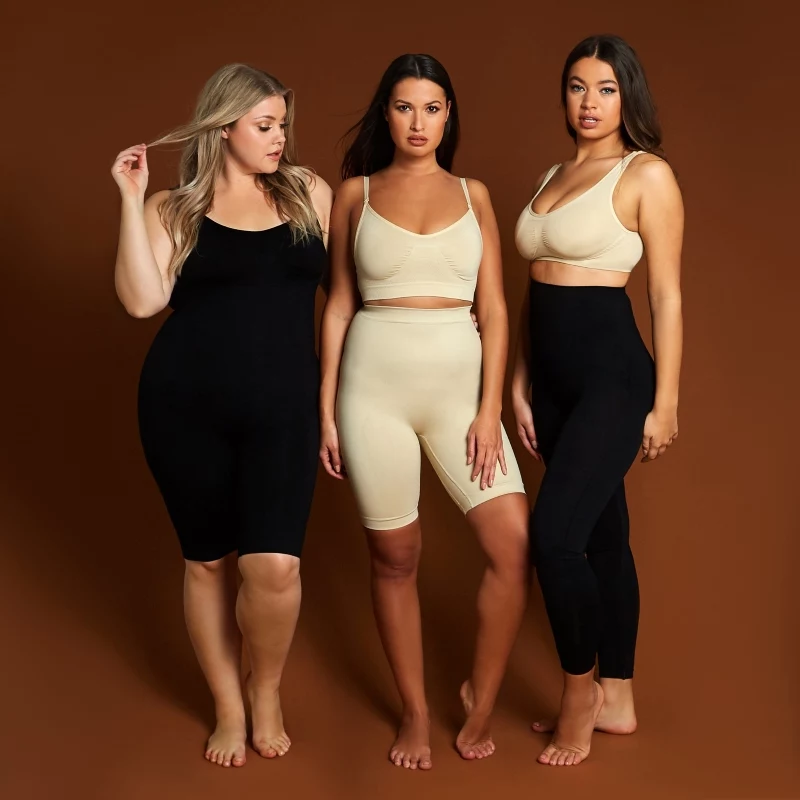
Choosing Your Support Level: From a Light Hug to a Firm Hold
Shapewear isn’t a one-size-fits-all deal. Picking the right level of control is everything for your look and, honestly, your ability to enjoy your night. Wearing something too firm will make you miserable, but too light won’t give you that smooth finish you’re after.
Light Control (Smoothing)
This is your everyday go-to. Think of it as a smoothing liner, not a hardcore shaper. It’s perfect for t-shirts, jersey dresses, and thin sweaters. It won’t change your shape, but it will beautifully even out little bumps and stop fabric from clinging. These are often breathable and comfy enough to wear all day. For a great starting point, you can find simple smoothing briefs or camis at most department stores for around $20 to $40.
Medium Control (Shaping)
This is the workhorse of the shapewear world and what most women need for weddings, parties, or big work events. These pieces have more elastane (usually 20-35%) and provide real, noticeable shaping for the tummy, waist, and hips. For a reliable piece, brands like Spanx or Honeylove will run you about $60-$90, and they are worth the investment. If you’re on a tighter budget, a brand like Maidenform, often found at Target or Kohl’s, is a great option for around $30-$45.
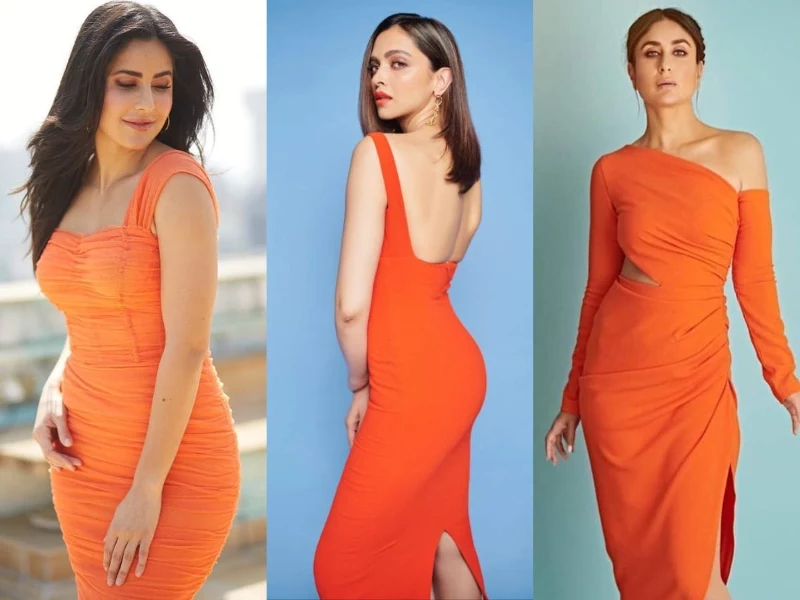
You’ll feel the support, but you should still be able to breathe and move with ease.
Firm & Extra-Firm Control (Sculpting)
Okay, this is serious business. I only recommend these for very specific situations, like a formal evening gown or a vintage-style structured dress. These garments are designed for maximum transformation, often with reinforced panels and sometimes even light boning. They truly sculpt the torso.
But here’s the deal: they are NOT for long-term comfort. I always tell my clients to think of these as a 4-to-6-hour solution. It’s for the event itself, not for the entire day and night. A critical piece of advice: NEVER, ever size down to get more firmness. I remember a client who did this, thinking it would make her look smaller. Instead, she ended up with a painful bulge over the top of the garment and was miserable all night. A smaller size just creates problems and can even be a health risk. Always buy your true size.
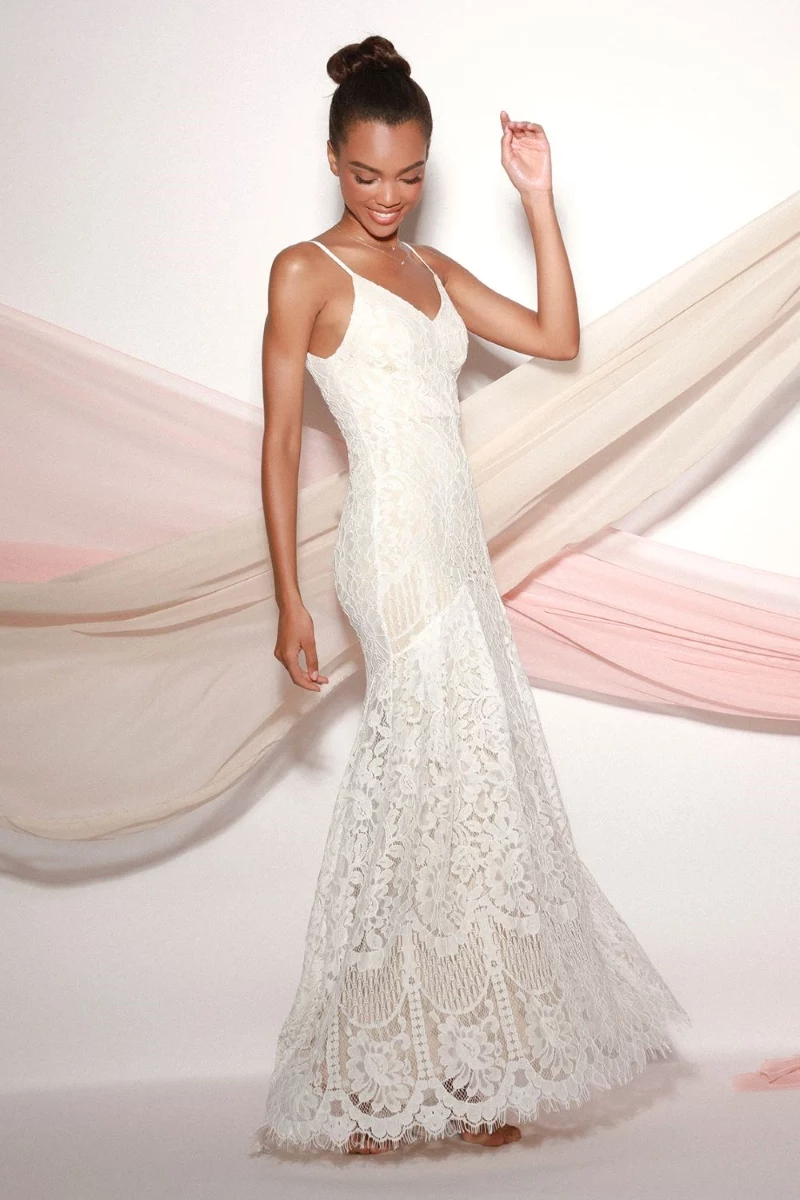
How to Match the Shaper to Your Dress
The biggest mistake I see is people buying one “good” piece of shapewear and thinking it’ll work for everything. That’s like having one pair of shoes for the gym and a wedding. It just doesn’t work! Each dress style needs a different foundation.
For Bodycon and Clingy Knit Dresses…
These dresses show everything. The goal is a seamless line from your bra to your mid-thigh. Your best options are either a full bodysuit or a high-waisted shaper that extends down the thigh. The “wear your own bra” (WYOB) bodysuit is fantastic because it lets you pair it with your favorite bra. For thigh shapers, make sure the leg openings are laser-cut. I once had a bride whose beautiful silk gown was ruined by a shaper with a thick, sewn hem. We swapped it for one with bonded edges, and poof—the line vanished.
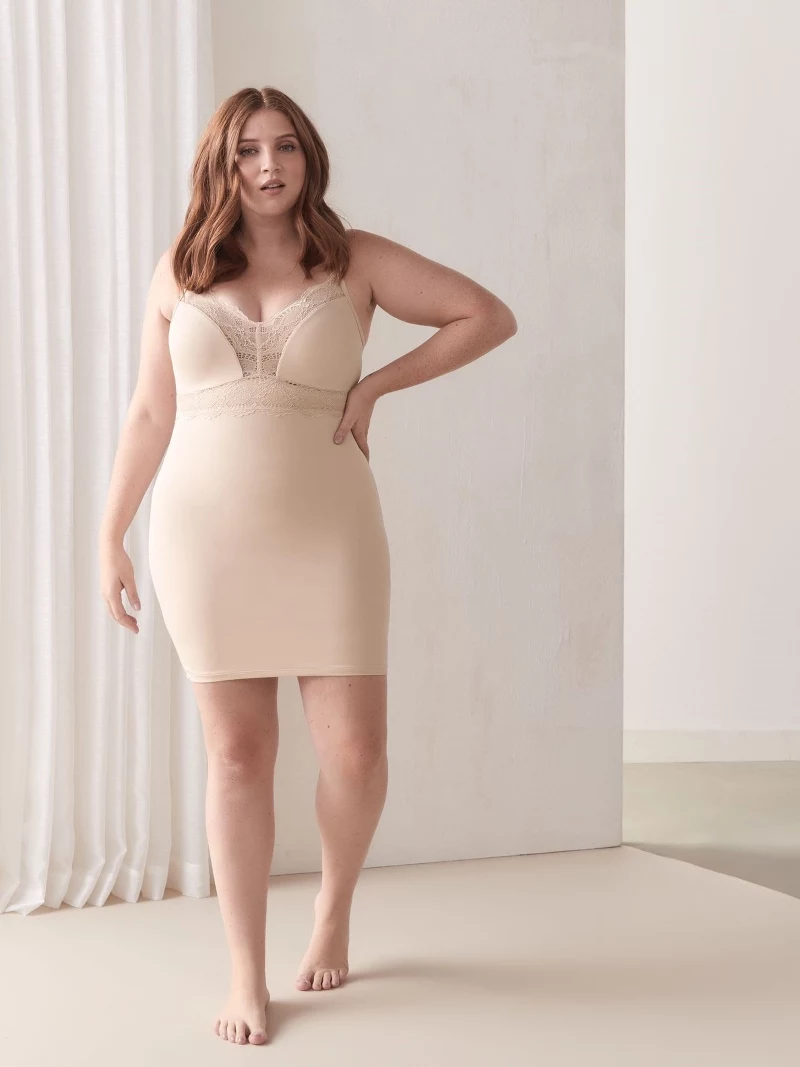
For A-Line and Fit-and-Flare Dresses…
These styles are your friend! The skirt flares away from the body, so you don’t need to stress about your thighs. The focus is all on creating a smooth tummy and a defined waist. A high-waisted brief is my top recommendation here. It’s comfortable, cooler than a full-leg shaper, and does the job perfectly.
For Sheath and Column Dresses…
These dresses hang straight down, so the challenge is avoiding any horizontal lines that break up that long, clean silhouette. A shaping slip is the classic, professional solution here. It’s one continuous piece that smooths from bust to hem, guaranteeing a flawless line.
For Plunging Necklines and Low Backs…
This is where modern shapewear really gets creative. For a deep V-neck, look for a U-plunge bodysuit. For a low-back dress, a low-back bodysuit with convertible or clear straps is your best friend. Some of these scoop down almost to your waist. For a totally backless style, you might need to combine adhesive bra cups with a separate shaping brief.
For Gowns with High Slits…
This one is a real puzzle, right? How do you get shaping without showing your shaper? Look for an asymmetrical shaper, which has one short leg and one brief-cut leg. It sounds weird, but it’s a lifesaver for asymmetrical dresses or those with a high slit.
Your Guide to Getting the Perfect Fit in the Fitting Room
I know it’s tempting, but please don’t just buy shapewear online and hope for the best, especially if you’re new to it. You have to try it on, ideally with the dress you plan to wear. Not sure where to start? A large department store like Nordstrom or Macy’s is a great place because they have multiple brands and knowledgeable staff.
Plan for at least 30-45 minutes to really try things on without feeling rushed. Here’s my foolproof process:
- Measure First: Don’t guess. Use a soft measuring tape for your waist and hips and compare it to the brand’s size chart. Every brand is different!
- Step In, Don’t Pull Over: Always, always step into your shapewear—even a camisole. Bunch it up like pantyhose and pull it up slowly. Trying to pull it over your head is a workout and can stretch it out.
- The Sit Test: Once it’s on, sit down in a chair for a full minute. Does the waistband roll? Do the legs dig in? If so, it’s the wrong size or style for you.
- The Breath Test: Take a deep, full breath. It should feel snug, but it should never restrict your breathing. If you can’t get a full breath, it’s too tight.
- The Dress Test: Finally, put your dress on over it. Look in a three-way mirror. Check for any lines or bulges. Walk around, bend over. Make sure it stays put and stays invisible.
By the way, here’s a quick checklist to make your trip successful:
Your Fitting Room Toolkit:
- The dress (or a similar style) you’re buying for
- The shoes you’ll be wearing (to check the overall look!)
- Your best-fitting, go-to bra
- Your measurements written down on your phone
Quick Fixes for Common Shapewear Problems
Even with a great piece, sometimes things go wrong. Here’s how to fix the most common issues:
- It rolls down at the waist. This is the #1 complaint, and it almost always means the garment is too small. Try sizing up. If it still rolls, look for a style with a silicone gripper strip inside the waistband. A lesser-known trick in a pinch: you can often tuck the top of the shaper under your bra band for extra security!
- It digs into my skin. This is usually a seam or edge issue. You need a piece with those seamless, laser-cut edges I mentioned.
- I can see the lines through my dress! This means the shaper ends at the wrong spot. Under a slinky dress, a short that ends mid-thigh will almost always show. You either need a longer style that ends just above the knee or a shorter brief style.
- It flattens my butt. Ugh, the worst. This happens with uniform-compression garments. Look for pieces that specifically mention “butt pockets” or “release zones.” They’re designed to encapsulate and lift, not squish.
A Final Word on Wearing It Safely
As a pro, I have to mention this: shapewear is a tool, not a torture device. Listen to your body. For medium control, 8 hours is usually fine. For firm control, stick to that 4-6 hour limit. If you feel any real discomfort, numbness, or sharp pain, take it off. A good fit should feel like a secure hug, not a cage.
And please, wash it after every wear! Hand-wash in cool water and always let it air dry. The heat from a dryer will absolutely destroy the elastic fibers, and you’ll lose that supportive quality you paid for.
At the end of the day, the right foundation gives you the freedom to forget about the logistics and just enjoy yourself, feeling completely confident in your own skin. And that, truly, is a powerful feeling.

